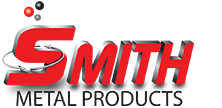Smith Metal Products Blog
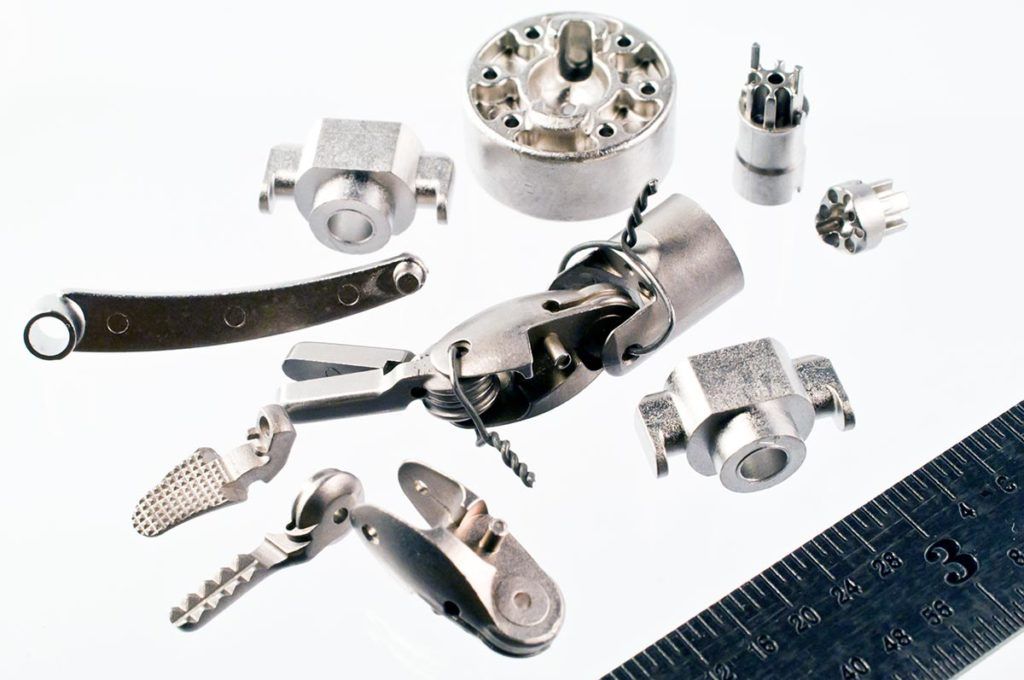
A variety of MIM components in complex shapes and forms molded by Smith Metal Products.
Medical device designers continue to hear about the benefits of metal injection molding (MIM) to produce components and assemblies for a wide range of medical devices. This once radical method for making metal parts has medical designers increasingly becoming advocates of the MIM process because of its quality, material savings, lower costs in medium to high volumes and its design flexibility.
Where early MIM criticisms centered on process control and repeatability for medical device applications, technology improvements have changed those attitudes for the better. Now, new MIM avenues for even the most difficult medical part designs are practical. Many are made from medically required materials including Titanium as well as more commonly used various grades of Stainless Steel.
While MIM is not a replacement for every metal part application, it has shown strong growth across many industries including medical. How strong? From just $9 million USD in 1986, to $382 million USD in 2004 to over $1.5 billion USD in 2015. Medical applications within those numbers have grown exponentially, according to industry reports.
What Is Medical MIM?
Medical MIM is metal injection molding, and at times, also called powder injection molding. It is differentiated from other types of MIM processes (automotive or aerospace applications, for example) because of specific medical requirements for minimal porosity and part cleanliness. MIM is a net-shape process for producing solid metal parts that combines the design freedom of plastic injection molding with material properties near that of wrought metals.
Smith Metal Products MIM molding line inside 65,000 square foot facility.
Metal injection molding mixes metal powder with a thermoplastic binder and molded into a cavity. The molded part is thermally process (sintered) removing the binder while producing a net shaped, high density component. Because it is a molding process, it is capable of producing an almost limitless array of highly complex geometries in many different alloys. It is also a very good option for cost-effective medium to high volume part production.
Compared to machined and cast parts, Medical MIM costs far less per unit, offers greater design flexibility, is a much faster process in large quantities and provides highly repeatable quality. Medical MIM provides benefits to a full range of medically related applications including retinal, cochlear and dental implants, minimally invasive surgical devices, orthopedic implants, cardiac instruments, pacemakers and many more.
Medical MIM Overcomes Negative Density And Other False Perceptions
A common misconception of metal injection molding, particularly for medical device applications, is that the process yields 96 percent (or less) dense parts. In other words, subsurface porosity has potential for bacterial infestation particularly if the parts require secondary operations such as finishing.
MIM medical device handle
While not all Medical MIM parts require maximum density for bacteria resistance, hot isostatic pressing (HIP) of these medical parts is an often preferred and very effective post-processing solution. The HIP process is used to consolidate metals, ceramic and composite steel for example, HIP can add durability for longer part working life with increased hardness, temperature resistance and overall strength.
Some part designers hold a misconception that MIM parts have cracks and other flaws in them. In the earliest development of MIM technology, part voids occasionally occurred. As the powders into solid dense parts. The HIP process allows for high purity and fine grain powders to form into finished and semi-finished parts with minimal deterioration due to impurities, oxidation or grain growth.
Utilizing the HIP process for Medical MIM parts has additional benefits as well. It may positively alter metal and alloy microstructure of certain preferred medical materials. This process has been refined and improved and part validation procedures were implemented, these problems were eliminated. And because the process is highly repeatable, quality is maintained at high levels throughout production runs.
Part size and dimensional tolerances are important to note. Sintered powder metallurgy technologies generally have a tolerance range from ±0.5% of the nominal dimension down to ±0.038mm or ±0.0015 on features of 7.5mm or 0.300″ or less. It should be noted that every part project has its unique characteristics. Consulting with an experienced Medical MIM supplier can provide part size parameters, along with tolerances and material recommendations.
Material Choices For Medical MIM Continues To Grow For Wider And More Complex Part Applications
Over the last decade, many new alloy materials and improved formulations of existing alloys have been developed with successful Medical MIM application. In fact, the material options are far broader than can be described in this article other than to say, there is probably a material option for virtually every medical part requirement.
Part designers who are educated in the benefits of most commonly used materials in their design work can start their MIM evaluation process from these material categories:
Most frequently chosen MIM material are ferrous alloys stainless steel, iron-nickel magnetic alloy and special ferrous alloys.
Hard materials including cermets and cobalt chromium.
Heavy alloys and copper.
The widest grouping of special MIM materials include titanium, nickel, and molybdenum.
It should be noted that certain MIM suppliers specialize in particular groupings of these materials and may not have experience or capability in all potential MIM materials. Supplier variations on similar MIM parts due to feedstock, molding, cavity, furnace, part placement and other differences can occur. The part designer should base material selection, as well as other relevant criteria, on the supplier’s successful experience with that material.
MIM molded orthodontic brackets and hooks.
Another consideration for Medical MIM is cost. Everyone is familiar with cost pressures that are effecting the health care industry and medical device manufacturing in particular. Medical MIM brings opportunity for significant cost savings both with materials and in the process itself. With Medical MIM, parts are produced in net shape form where material waste is virtually eliminated. Compared to machining, particularly where alloys and exotic materials are machined with significant scrap produced, Medical MIM’s net shape process produces no expensive scrap or lost material.
Additionally, because the process is fast, accurate and highly repeatable, Medical MIM provides savings in production time versus machining, particularly where larger part quantities of parts are required. Material and production cost savings will vary greatly dependent on the design variables of the part. Nevertheless, Medical MIM’s history for cost efficiencies continues to grow, particularly as more challenging and complex part projects are satisfied using the process. Meeting these challenges is a parade of newly developed feedstock materials, including new and improved alloys.
Role Of Medical MIM For Part Miniaturization
Medical MIM makes possible intricate, small and lightweight components that are a challenge for precision machining processes. Medical MIM parts can be produced with thin walls, tight radii and true position geometries. In fact, micro components that are of such complex shape that are impossible to machine can be produced successfully using Medical MIM. An example are tiny check valves that regulate fluid flow into the body through small diameter tubing.
MIM molded component shows detail of a medical device component.
Medical MIM implant applications not only are increasingly suitable but growing within the medical device industry. Medical MIM’s use of biocompatible material alloys (Titanium and Cobalt) are gaining part designers attention. Much progress is being made in this area and the medical part designer is encouraged to stay abreast of these developments.
The Medical Device Designer Challenge – Medical MIM Awareness
Staying up-to-date with Medical MIM progress is a worthwhile investment for today’s medical device designer. Access to the latest information has never been easier with information available on Medical MIM manufacturers websites, from the North American Metal Injection Association and the Metal Powder Industry Federation as well as other sources through a Google search.
Request a quote, Part Evaluation, or call us today at 651-257-3143.
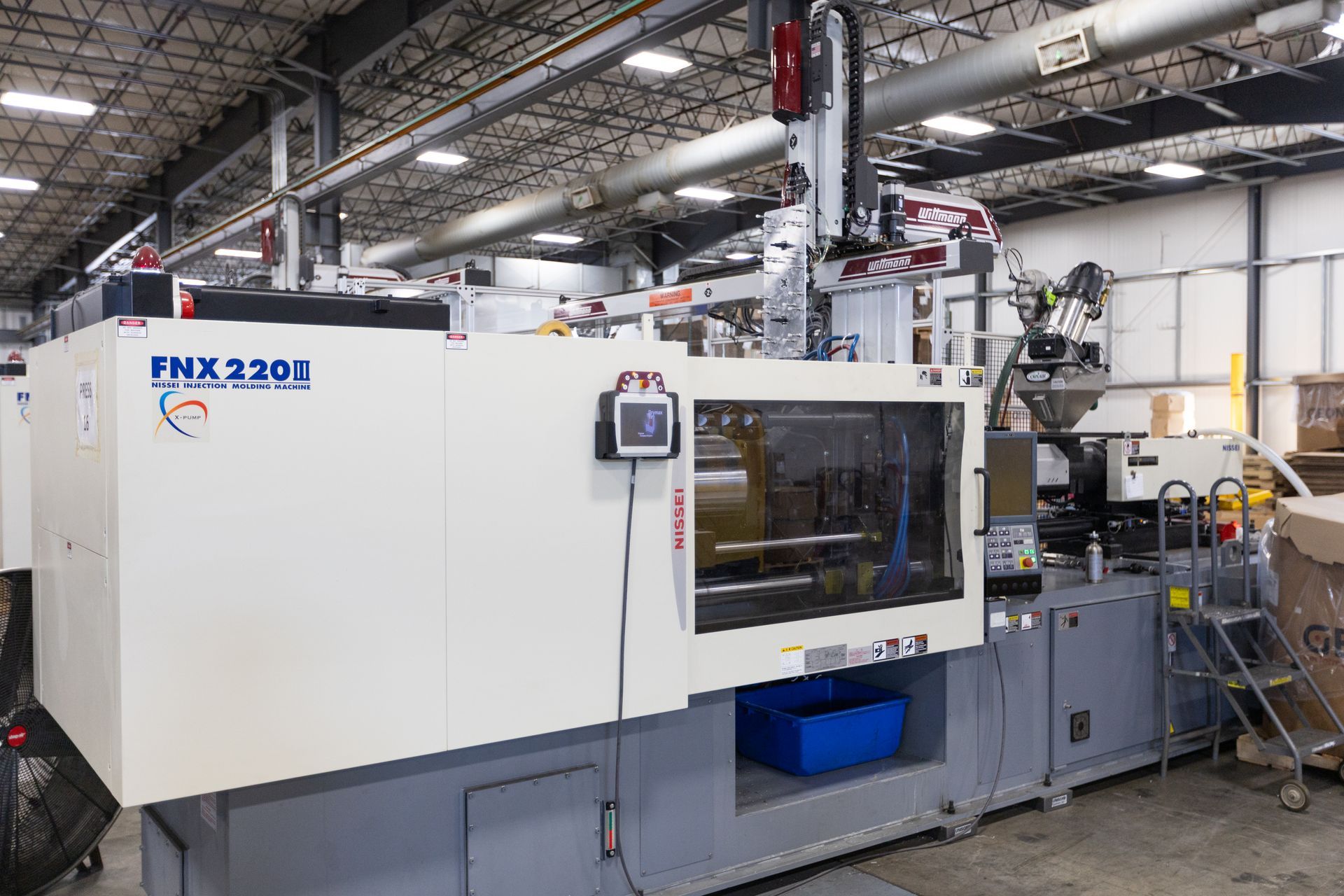
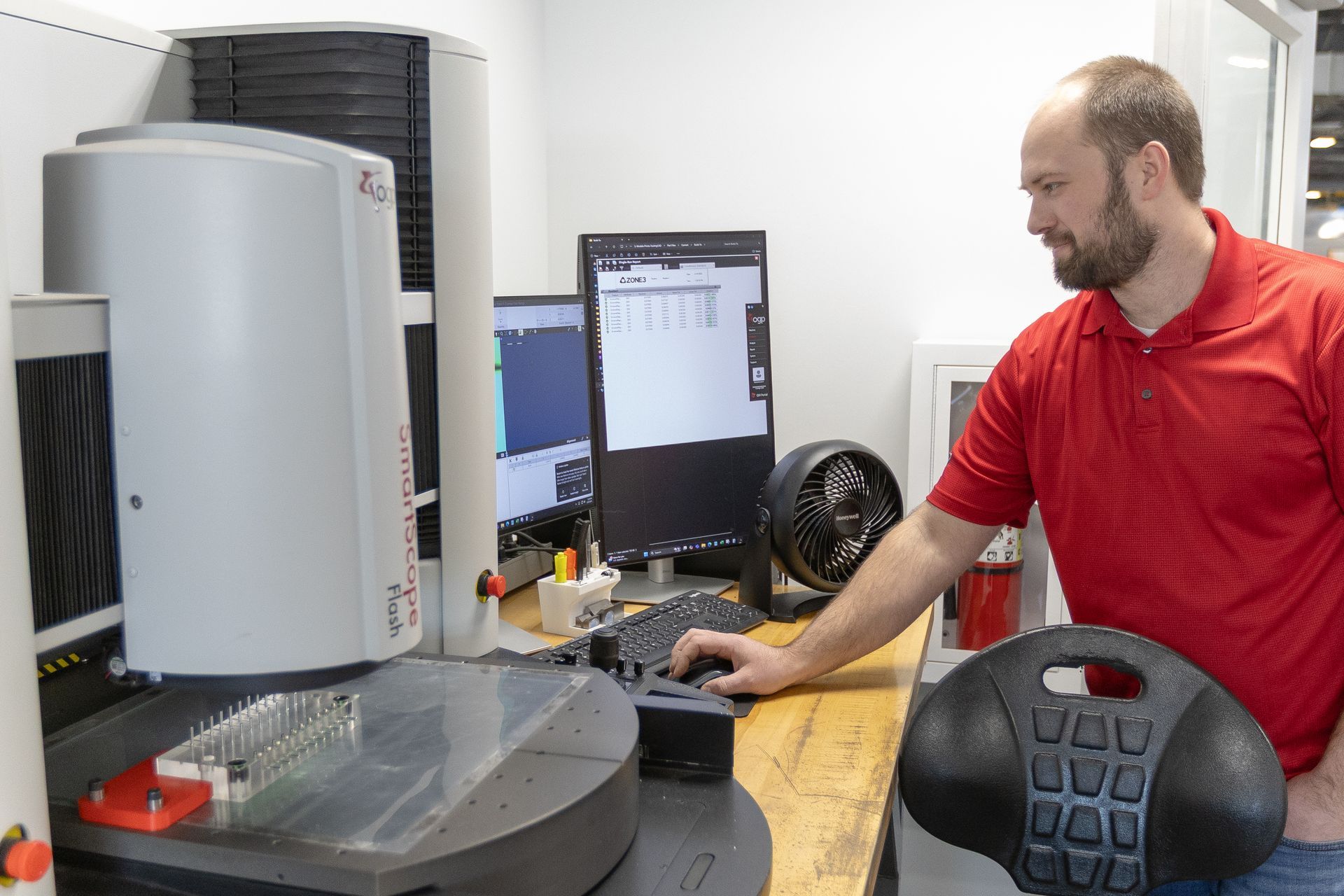

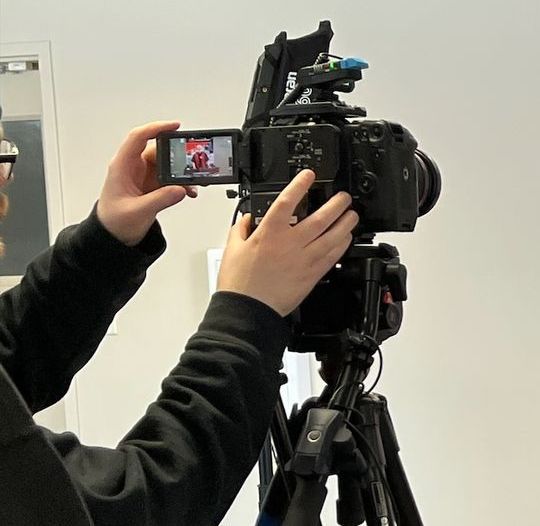
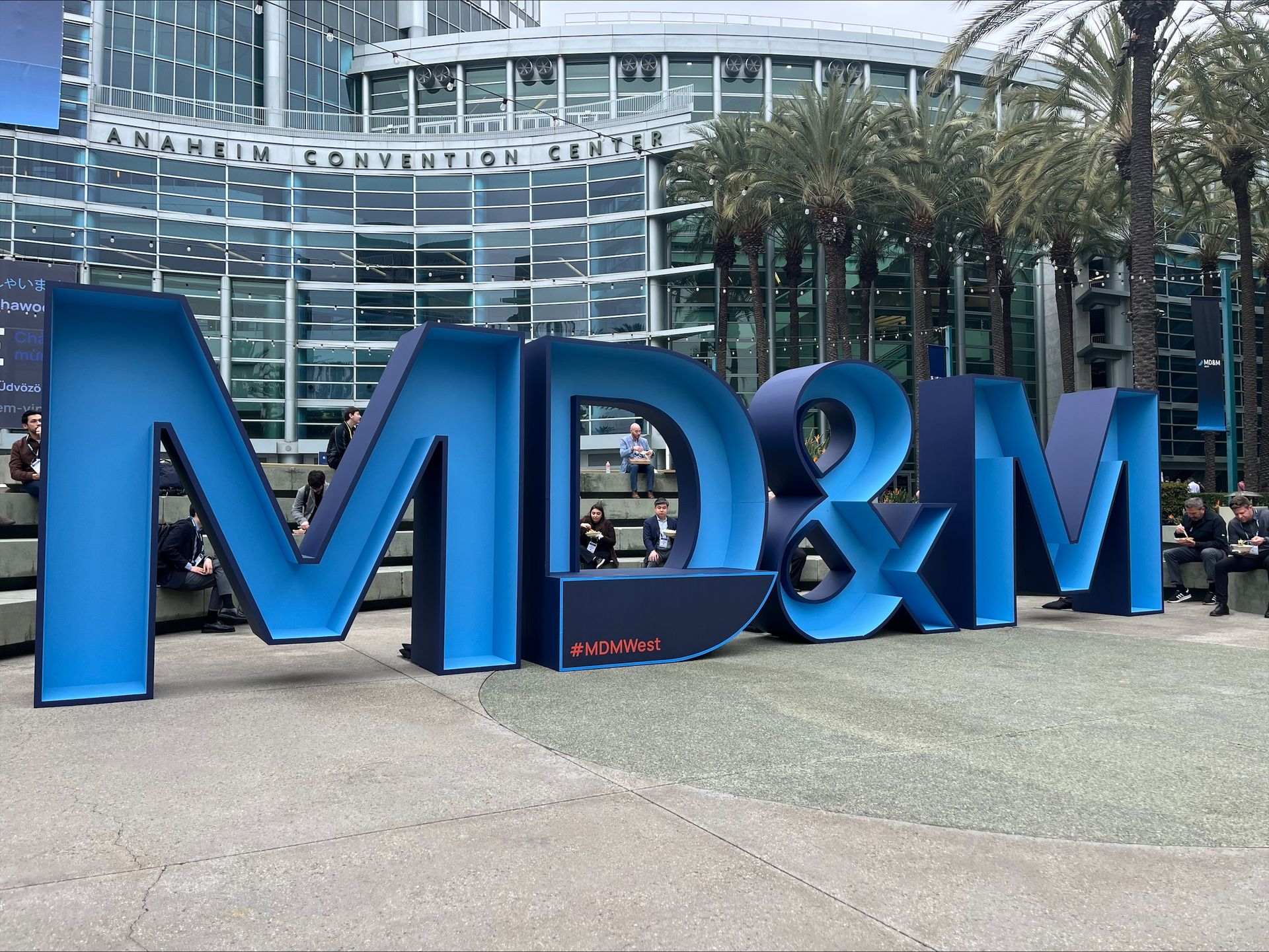
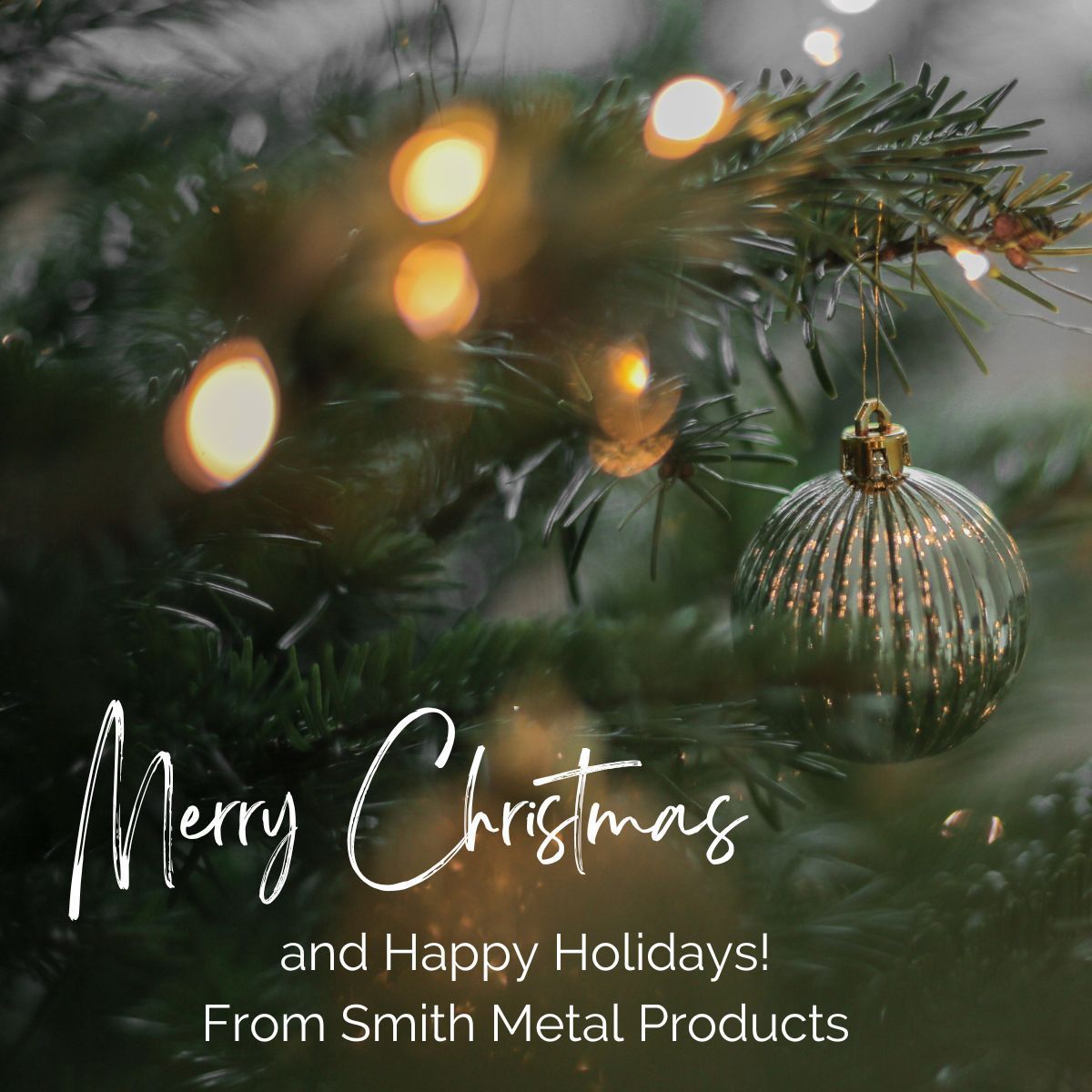
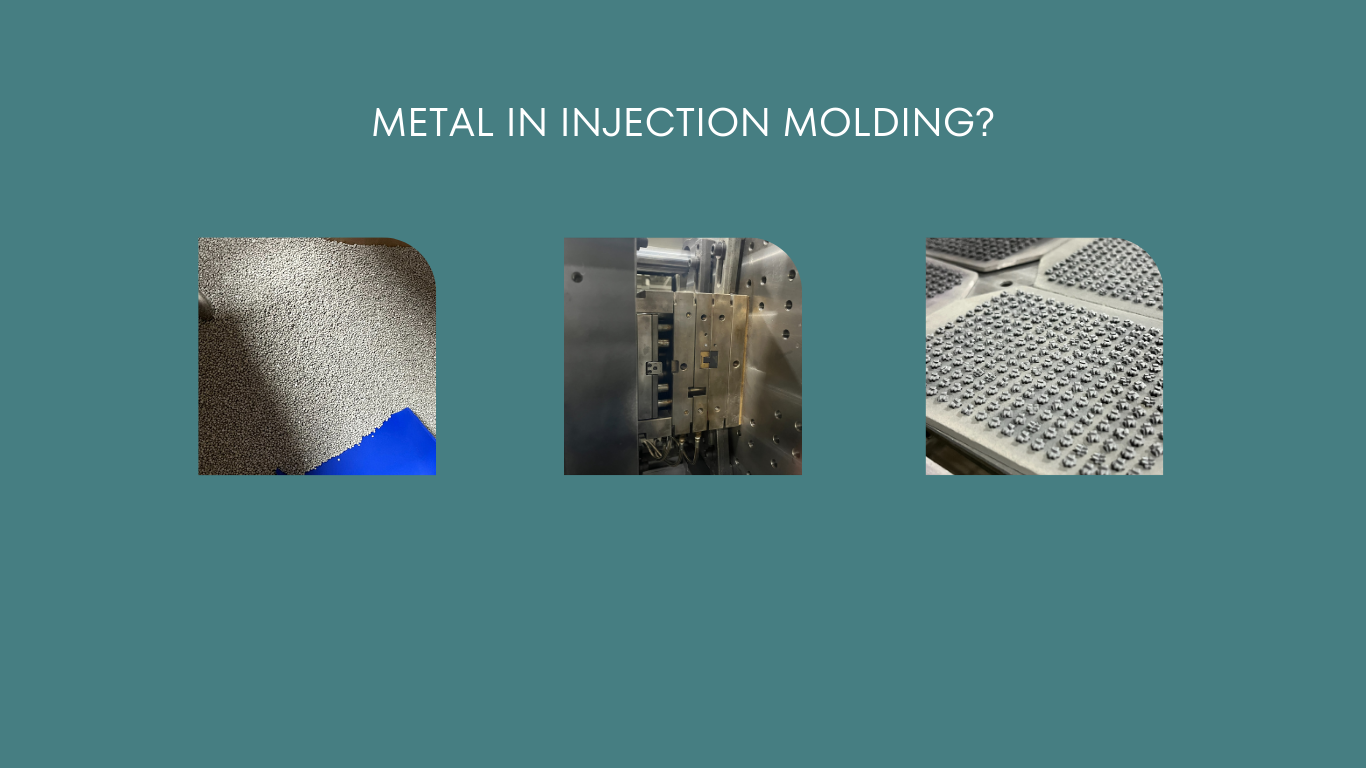
CONTACT DETAILS
Phone: (651) 257-3143
Email: sales@smithmetals.com
Address: 15045 Per Rd, Center City, MN 55012
CERTIFICATIONS
- ISO 9001
- ISO 13485
- FFL
- ITAR
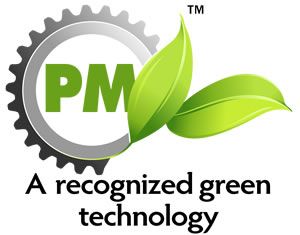 Write your caption hereButton
Write your caption hereButton Write your caption hereButton
Write your caption hereButton
